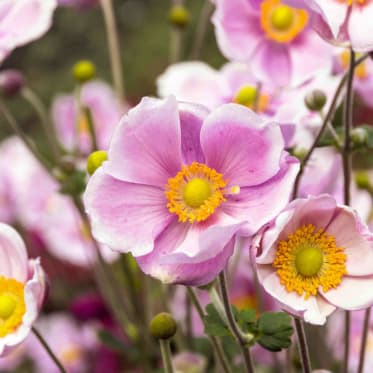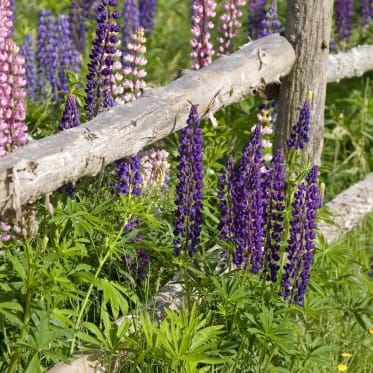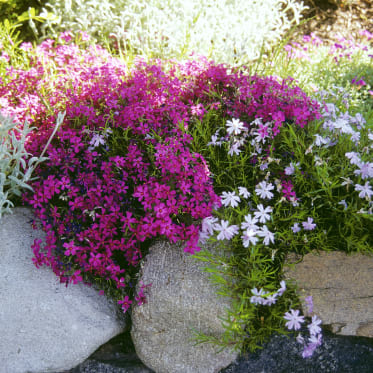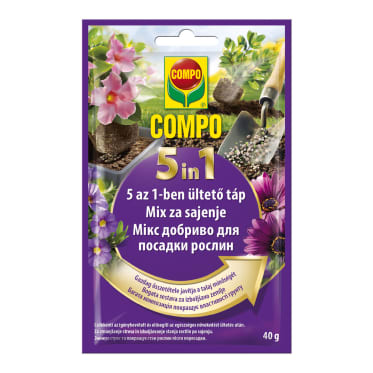Frequent search terms

- COMPO
- Guide
- Plant Care
- Garden
- Garden care
- Caring for perennials properly: Tips and tricks for perennial care
Tips and tricks for perennial care
Caring for perennials properly
Perennials are the best plants for a flowering garden. As perennials last many years, you don't need to re-create the bed every year. But it is still important to care for them a little so that your perennials stay beautiful for a long time. Find out how here.
Plant science
Not all perennials are alike
Perennials are herbaceous plants that regenerate in the soil each year. The parts of the plant growing above the surface die off in the winter. There is an incredible diversity of species with different growth habits, flowering periods, flowering habits and colours.

Proper care
Beautiful perennials all year round
Spring
In the spring, you should remove leaves from the perennial bed and prune frozen flower heads and leaves. For tall perennials, prune the shoots from the previous year down to the ground, leaving the lowest leaves. It is important that the fresh, young shoots are not prevented from growing by the dried shoots. Grasses are 'combed' as this is the only way to remove dead stalks from the undergrowth.
Summer
Each perennial generally requires a different level of care. Summer sage, larkspur and lupins flower very abundantly a second time when they are pruned close to the ground after the first flowering period. Some perennials like columbine, foxglove and mullein produce so many seeds that they spread all over the garden within a very short amount of time. If you would like to rein in your perennials, you should prune them in good time – before the first seeds form. Ground cover and perennials for padding out can be pruned by up to two thirds. They then sprout again and become much denser.
Some perennials produce a lot of lateral buds and grow rapidly, e.g. asters and chrysanthemums. But the taller they grow, the more unstable they become. The number of bare patches at the lower part of the plant also get larger. When they are pruned, they become more compact, remain stable and produce more flowers. Remove the upper 2 to 5 cm of the shoots once the perennials have reached about one third of their final length.
Autumn
Prune the plants down to just above the ground. This creates space for the new shoots in the following spring, prevents fungal diseases and inhibits seeding. Then remove the weeds and spread a thin layer of compost around the plants. This optimally prepares the perennials for a new start in the spring.
Winter
To protect perennials used for padding out against frosts, we recommend scattering a layer of leaves over the perennials. This is removed after the frosts in the spring.
Impressions from our perennial bed
You might also be interested in these topics
Suitable products for your perennial bed





















